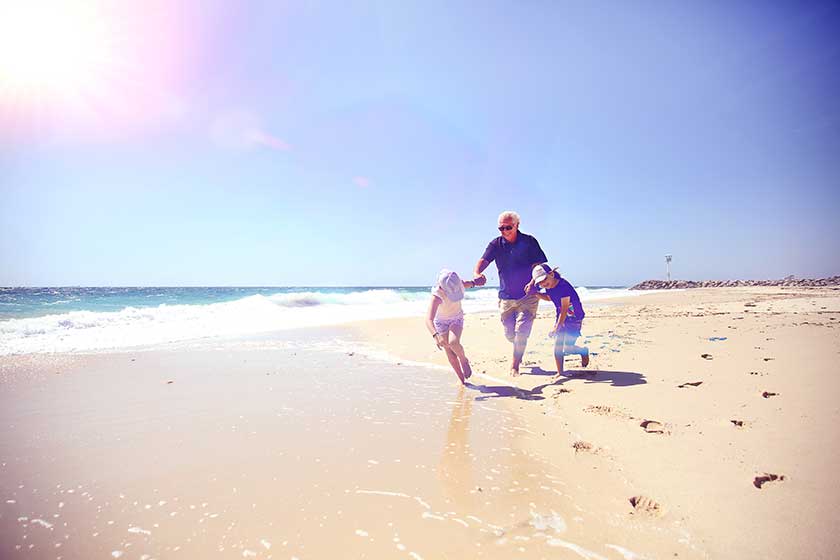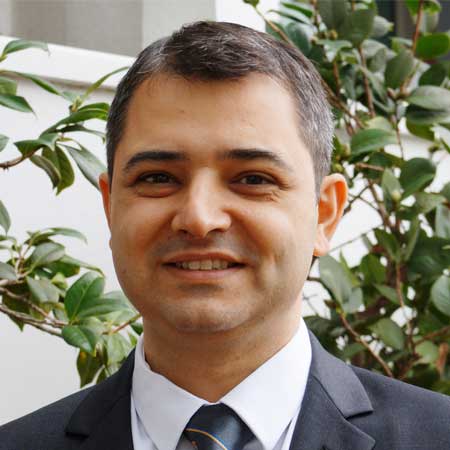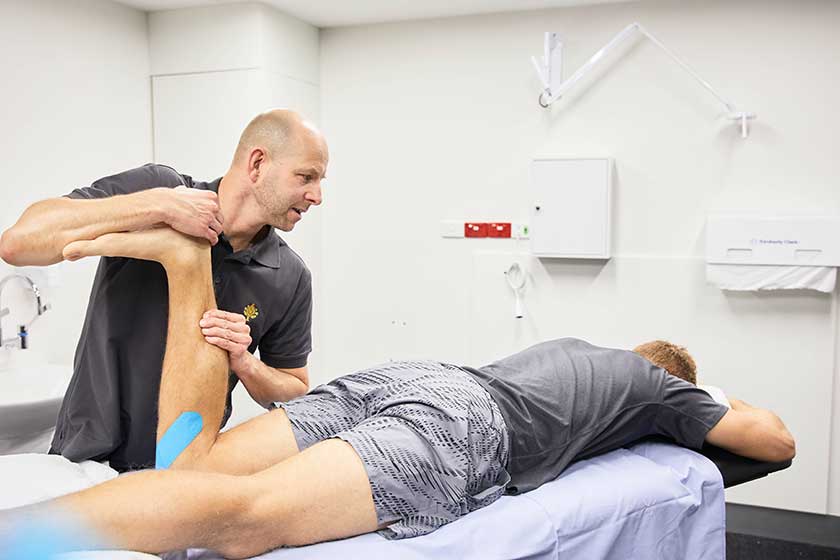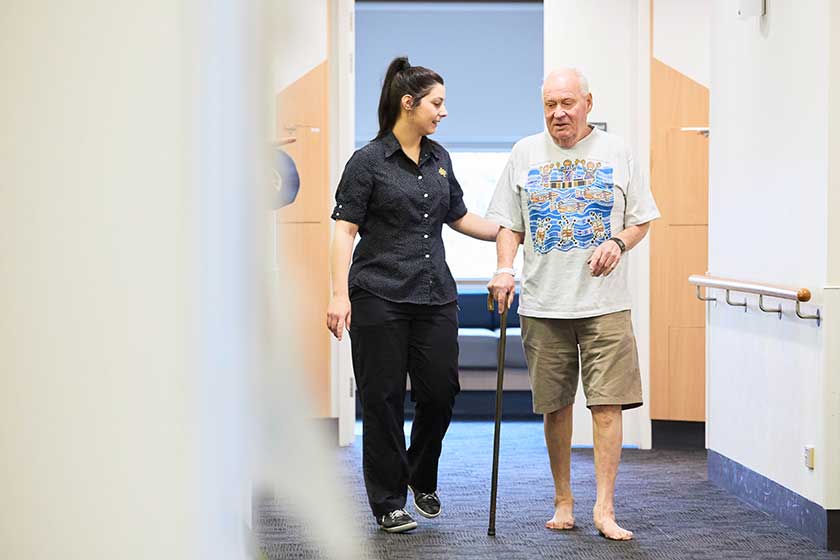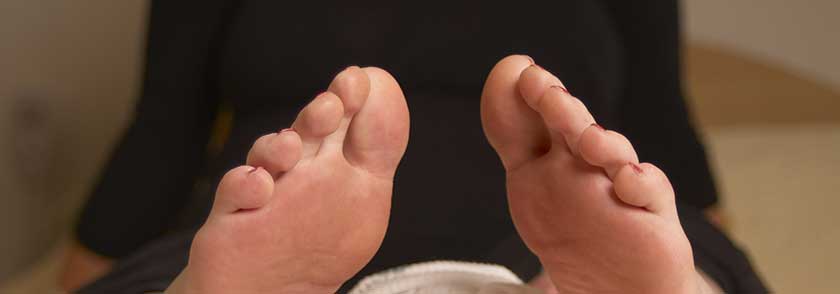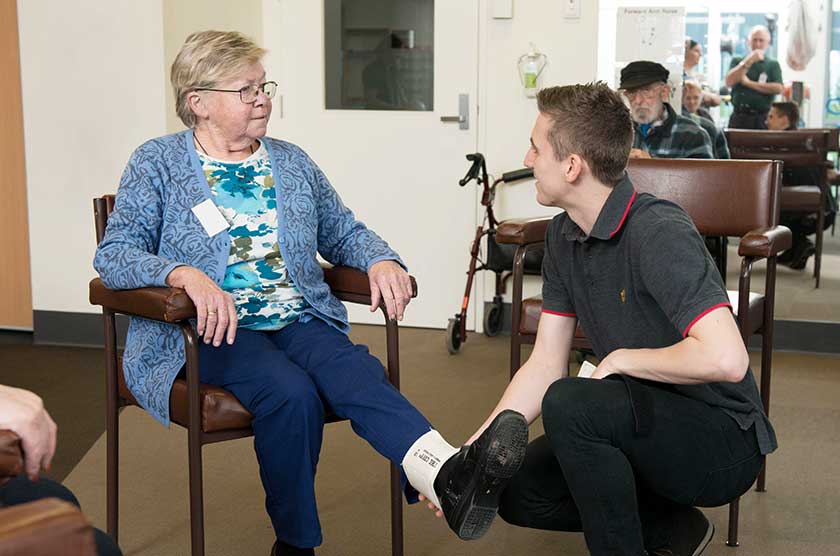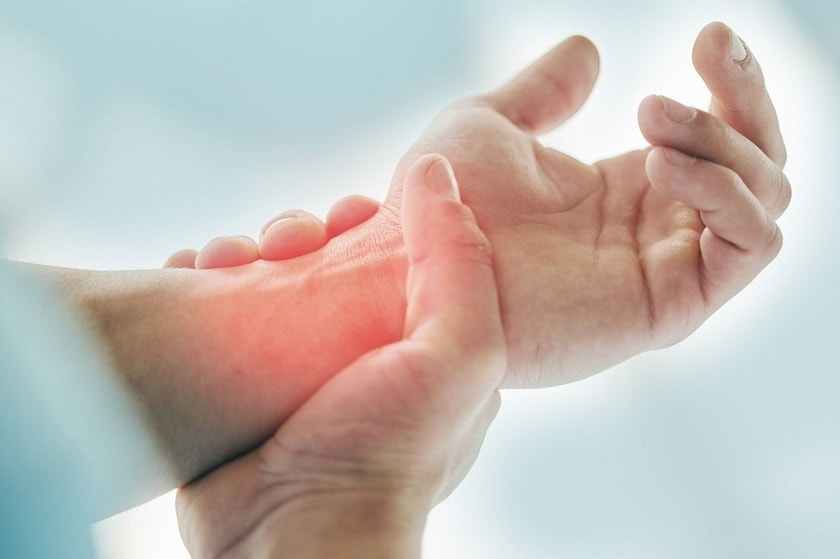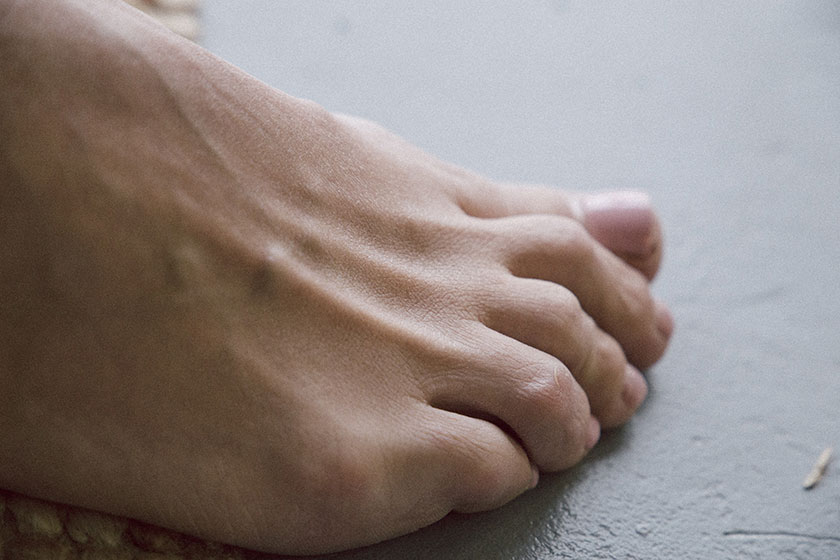What is Achilles tendinitis?
If you are experiencing pain, swelling and tenderness at the back of your heel and the pain gets worse when you are doing activities such as a running, jumping or playing sport then you may have Achilles tendinitis, also known as tendinopathy.
If you think you have Achilles tendinitis it is good to speak to your GP and get a referral to an orthopaedic surgeon who can assess your symptoms and may recommend a X-ray or MRI to confirm the diagnosis.
What does the Achilles tendon do?
The Achilles tendon is the thick tissue or cord at the back of your ankle. It attaches your calf muscle to your heel.
Injuring your tendon or experiencing tendinitis is not uncommon in athletes and everyday people, and it does become more common as you age.
What are your treatment options?
The initial treatment options for Achilles tendinitis are to try non-surgical methods including:
- anti-inflammatory medication
- heel lifts
- orthotics
- night splints.
You may also be recommended physiotherapy and stretching techniques to help reduce pain and inflammation.
What about surgery?
If the non-surgical treatment options don’t bring any relief then you may need surgery. Your doctor will advise your best treatment options.
If you do need surgery, your orthopaedic surgeon will remove any degenerative parts of the tendon or bone or lengthen your tendon as required.
Your surgeon then reattaches the tendon to your heel bone.
Ongoing care
After surgery you may need to wear a splint and you will be recommended some therapeutic exercises to ensure your Achilles heals completely.
You may also be recommended to wear heel lifts or orthotics to help reduce the risk of re-injury and to ensure you can get back to doing the things you love.

